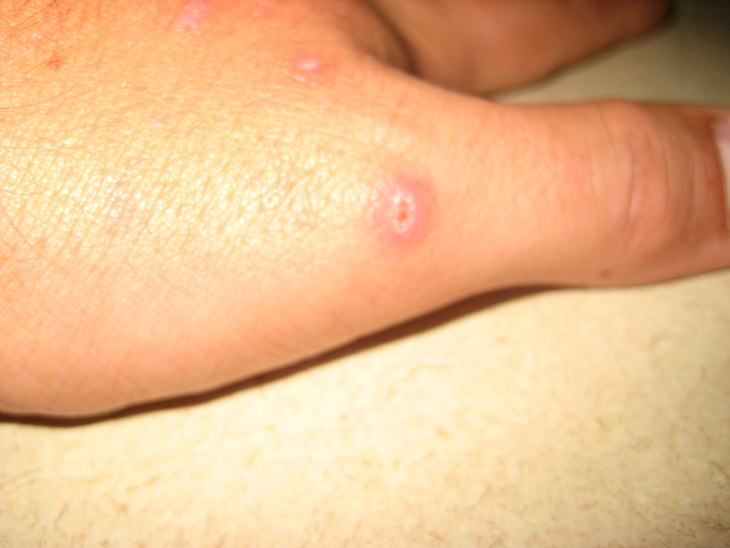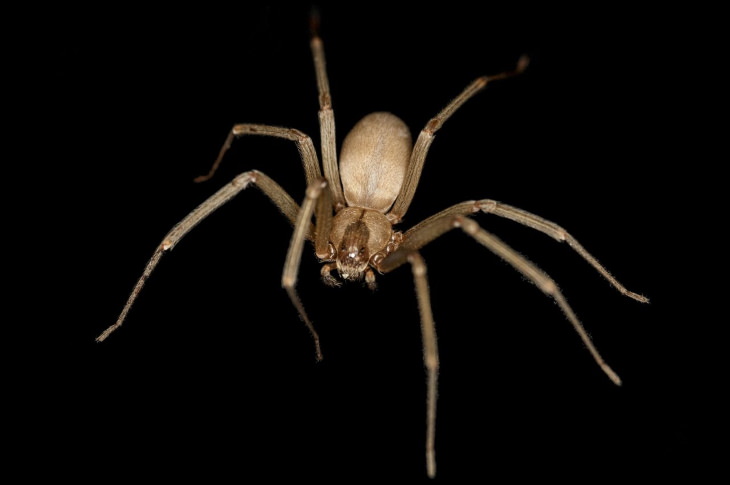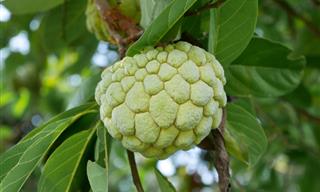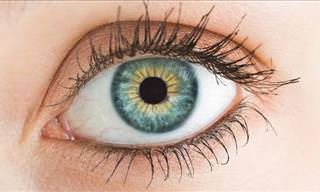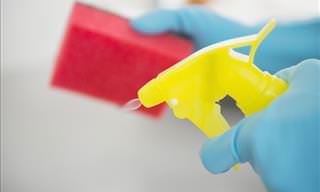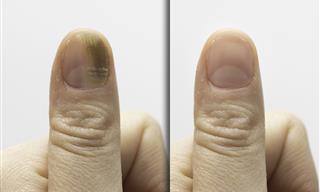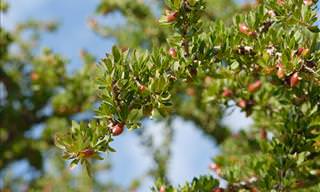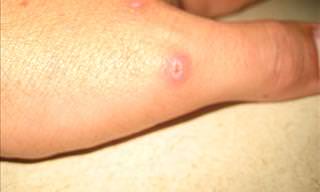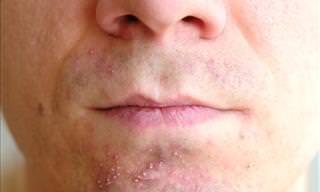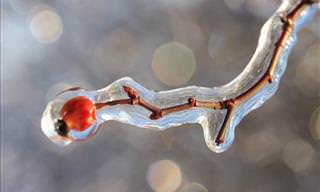What a Spider Bite Looks Like
It’s not always easy to identify a spider bite unless you know for a fact that you’ve been bitten by an arachnid. Like any other insect bite, a spider bite usually appears as a small red bump on your skin. It can be itchy and painful, but it can also cause no discomfort whatsoever and clear up within a few hours. A spider bite itself may be painful, but if the spider isn’t venomous, the pain will usually go away within an hour or two.
The Symptoms of a Spider Bite
The severity of a spider bite depends on the type of spider that bit you. Some of the important signs that distinguish a mosquito bite or bee sting from a venomous spider bite are the following. The bites of some spiders may turn the area around the bite pale, which is a symptom called blanching.
Other bites may generate blistering, much like a burn would, but this is much rarer. If you’ve been bitten by a venomous spider, such as the Hobo spider, you may also experience significant swelling and redness in the affected area, headaches, and fatigue. While these symptoms are bothersome, they usually go away within a week.
That being said, there are two spiders in North America that can pose a significant danger to humans. Those two spiders are the brown recluse spider and the black widow spider. These bites can be deadly to humans and may require urgent medical help. Luckily, they’re usually easier to diagnose, as the bites of both of these spiders have a characteristic pattern of symptoms.
-
Brown Recluse (Loxosceles reclusa)
The brown recluse spider is mostly found in the Southeastern and Midwestern states. Brown recluse bites are rare, but they are more potent than that of a rattlesnake and could be deadly. As the name of this arachnid suggests, brown recluse spiders live in undisturbed places.
They are non-aggressive and only bite in life-threatening situations, but their proclivity to shelter in people’s attics, basements, sheds, closets, and garages makes some accidents unavoidable. If you live in an area where this spider is common, be careful while rummaging in your garage, basement, or attic. Check gloves and shoes you haven’t worn for a while before putting them on.
Brown recluse bites are often painless, but you will notice symptoms that something is wrong a few hours later. This spider only bites once, so you will usually only see one lesion. The initial symptoms include a bluish sinking patch of skin surrounded by redness, swelling, and sometimes a pale center that contains a blister. A few days later, the venom may spread and the wound expands, causing significant pain.
In more serious cases, the venom can lead to tissue necrosis 7-14 days after the bite occurs. The venom kills the skin and surrounding tissues, creating a hard black scab surrounded by red skin called an eschar. People with compromised immune systems, the elderly, and children may develop a severe systemic reaction to a brown recluse bite that requires urgent medical care.
-
Black Widow (Latrodectus mactans)
The second venomous spider species that can be found throughout the US and can pose a severe threat to humans is the black widow spider. Despite the threatening name and scary appearance, black widows are actually quite shy creatures. Like the brown recluse, black widow spiders only bite when disturbed. And like the brown recluse, they reside in dark places like attics, storage containers, drain pipes, woodpiles, and basements.

Identifying a black widow bite is usually easy, as the bite feels like a pinprick and leaves a distinctive mark - two puncture marks. Unlike brown recluse bites, black widow bites do not cause skin necrosis in the puncture site. Almost immediately, you will start feeling a dull ache or numbness in the bite area and see skin irritation.
In the following day or two, you may just experience pain, numbness, and burning in the area of the wound. However, some people develop severe symptoms, such as:
-Sweating and increased saliva production
-Nausea or vomiting
-Muscle cramps and pain in the chest, abdomen, and the lower back
-High blood pressure
-Restlessness.
Children, seniors, and people with immune deficiencies are the most likely to develop a severe reaction to a black widow bite. If you develop any of the above-listed symptoms or any other unusual symptoms, it’s important to act fast and seek medical help. Black widow antivenom can be administered to remove the venom from your body.
How to Deal With a Spider Bite at Home
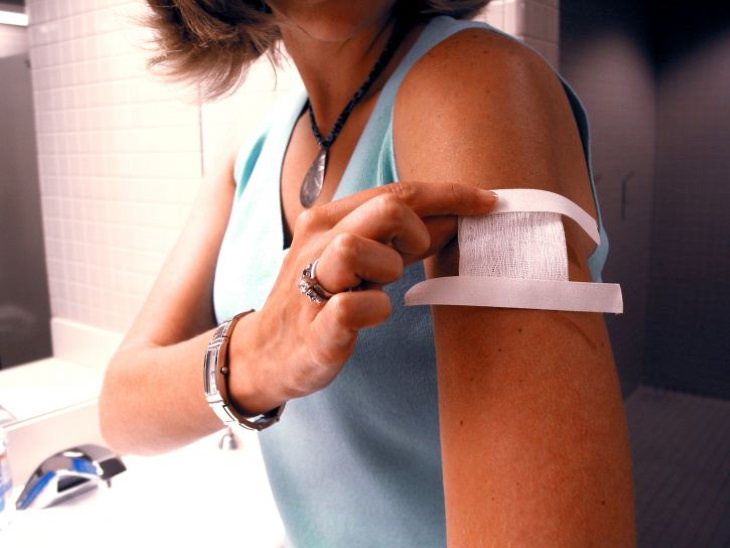
Severe reactions to spider bites are extremely rare. In most cases, you can treat a spider bite at home. Doctors recommend the so-called RICE method - which stands for rest, ice, compression, and elevation - to treat a fresh bite. Immediately after a bite, apply an ice pack wrapped in a clean cloth or towel for 10 minutes to prevent the spider’s venom from spreading.
You can repeat this several times within the first hours after the bite. Then, bandage up the area to prevent you from scratching it and introducing germs to the wound. Rest and keep the affected area elevated to prevent the venom from spreading. You can also apply a topical antibiotic for a few days to prevent infection or a topical hydrocortisone cream or anti-itch cream to soothe the bite. A typical spider bite will heal within a few weeks.
When to Seek Medical Help
Not all spider bites, even those of the black widow or the brown recluse, require medical treatment. There are a few red flags that point that the venom is spreading through the body and you need to see a doctor:
-Fever
-Dark urine
-The bite is not getting better or getting worse after a few days
-You’re experiencing severe burning and pain
-There’s a red and black ring-shaped rash in the area of the bite.
If you’re experiencing any of these symptoms, it’s important to go to the emergency room as soon as possible. For information on where to call or find a local poison control center, visit the American Association of Poison Control’s Website or call the Poison helpline at 1-800-222-1222.
Share this informational article with others!
 Go to BabaMail
Go to BabaMail


